No products in the cart.
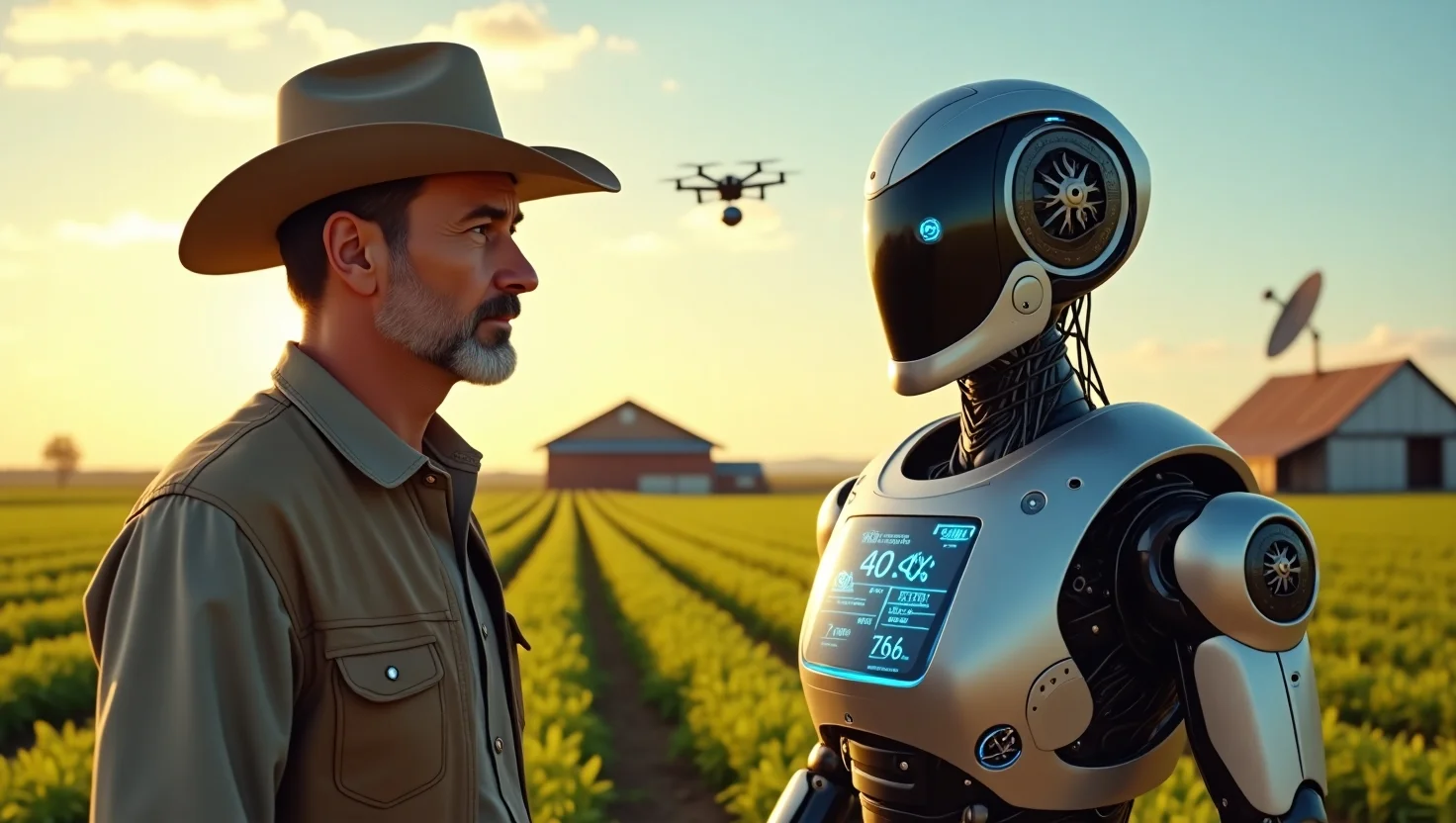
1. Introduction:
American farming is at a turning point. With rising production costs, unpredictable climate patterns, aging infrastructure, and a shrinking rural workforce, U.S. agriculture is struggling to stay profitable and sustainable. The pressure is especially intense for small and mid-sized farms, which are finding it harder to compete in a tech-driven economy. As traditional methods falter, many are wondering: Can artificial intelligence (AI) really save American farming?
Across the country, some farmers have already begun integrating smart farming tools, like precision sensors, automated machinery, and real-time crop monitoring, to reduce waste, boost productivity, and better adapt to extreme weather. But adoption remains uneven. While large agribusinesses are leading the charge, smallholder farms often lack access to AI farming solutions due to limited funding or training.
Still, the potential is hard to ignore. From climate-resilient farming techniques to predictive analytics that can forecast disease outbreaks or drought conditions, AI is rapidly redefining how we grow food in America. And as the global demand for food rises, embracing technology isn’t just an option, it’s becoming a necessity.
This article explores how artificial intelligence in agriculture can be a lifeline for U.S. farmers. We’ll examine the problems plaguing the system, how AI offers scalable solutions, and the road ahead for widespread adoption. By the end, you’ll understand not only how AI works in farming but also what it means for the future of American food security.
2. Why American Agriculture Is Failing
American agriculture, once the backbone of national prosperity, is facing deep-rooted challenges. The most visible issue is the farm labor shortage, driven by an aging workforce, stricter immigration policies, and a lack of interest among younger generations to pursue farming careers. This labor gap is forcing many farms, especially small and family-owned ones, to operate with minimal support, often sacrificing efficiency and sustainability.
At the same time, declining crop yields caused by unpredictable weather, soil degradation, and pest resistance are threatening the economic viability of farms across the country. The unpredictability of growing seasons, fueled by climate change, makes it harder than ever to plan planting and harvesting cycles. Without modern solutions, many farmers are stuck in a reactive mode, leading to lost income and food waste.
Add to this the rising cost of fertilizers, fuel, and equipment, and it becomes clear that traditional farming methods are no longer enough. Many farmers are aware of the need for sustainable agriculture in the USA, but they often lack the tools or knowledge to implement effective changes.
The U.S. agriculture system is at a crossroads. Without intervention, productivity will continue to decline while demand for food keeps rising. This is where AI in farming USA enters the picture, not as a silver bullet, but as a necessary evolution. The next section will explore how artificial intelligence is being positioned as a powerful tool to help address these compounding issues.
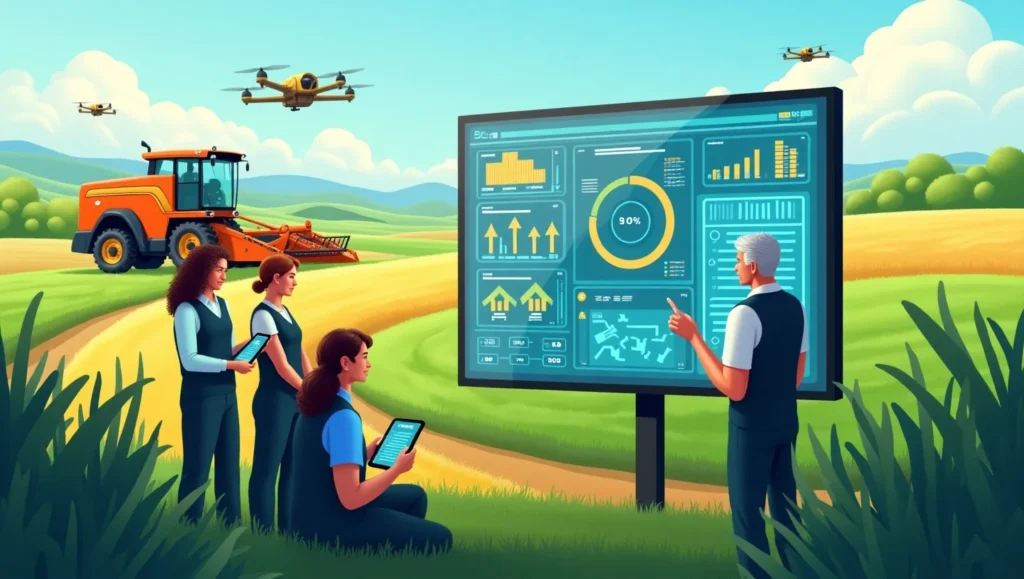
3. How Artificial Intelligence Offers a Solution
Artificial intelligence (AI) is emerging as a game-changer for American farming. By integrating AI farming solutions, farmers can tackle multiple challenges that have long hindered agricultural productivity. One of the most significant advantages of AI is its ability to analyze large volumes of data in real time, enabling precision farming that enhances crop yields while minimizing waste.
AI technologies such as machine learning algorithms are being used to optimize irrigation systems, forecast crop performance, and even predict weather patterns with greater accuracy. These technologies can also help farmers decide exactly when to plant, irrigate, or harvest based on data-driven insights, reducing the risks associated with unpredictable climate conditions.
Additionally, smart farming tools like autonomous tractors, drones, and robotic harvesters are taking on labor-intensive tasks, thereby helping to address the farm labor shortage. These tools improve efficiency by automating tedious jobs, allowing farmers to focus on more strategic decisions and reducing their reliance on human labor.
AI’s role doesn’t end at the farm level; it also extends to AI in agriculture supply chains, ensuring that produce reaches consumers more quickly and with less waste. The ability to forecast market demand, track produce in real-time, and even adjust pricing based on weather conditions is giving farmers a competitive edge.
While adoption of AI may seem daunting, the technology is rapidly becoming more accessible, paving the way for a future where AI is integral to sustainable agriculture in the USA.
4. Real-World Applications of AI in U.S. Farms
AI is not just a futuristic concept; it is already making a tangible impact on U.S. farms. Smart agriculture tools are enabling farmers to boost productivity, optimize resources, and reduce environmental footprints.
One of the most notable applications is precision farming. Using AI-powered sensors and satellite imaging, farmers can monitor soil conditions, track crop health, and analyze nutrient levels in real-time. For example, systems like CropX allow farmers to adjust irrigation levels based on soil moisture data, significantly reducing water usage and improving crop yields. This not only conserves water but also ensures that crops receive the precise amount of nutrients they need for optimal growth.
Another breakthrough is the use of autonomous vehicles. Self-driving tractors and AI-powered drones are revolutionizing fieldwork, performing tasks such as planting, spraying, and harvesting with minimal human intervention. These tools help address the growing farm labor shortage, increasing efficiency and reducing costs.
AI’s role extends beyond crop management. In livestock farming, AI is helping farmers monitor animal health, track growth rates, and predict disease outbreaks. Computer vision technologies are used to analyze cows’ behavior, ensuring timely medical intervention and improving productivity.
These real-world applications highlight AI’s potential to transform U.S. farming, offering solutions to longstanding challenges and creating a more sustainable future for agriculture.
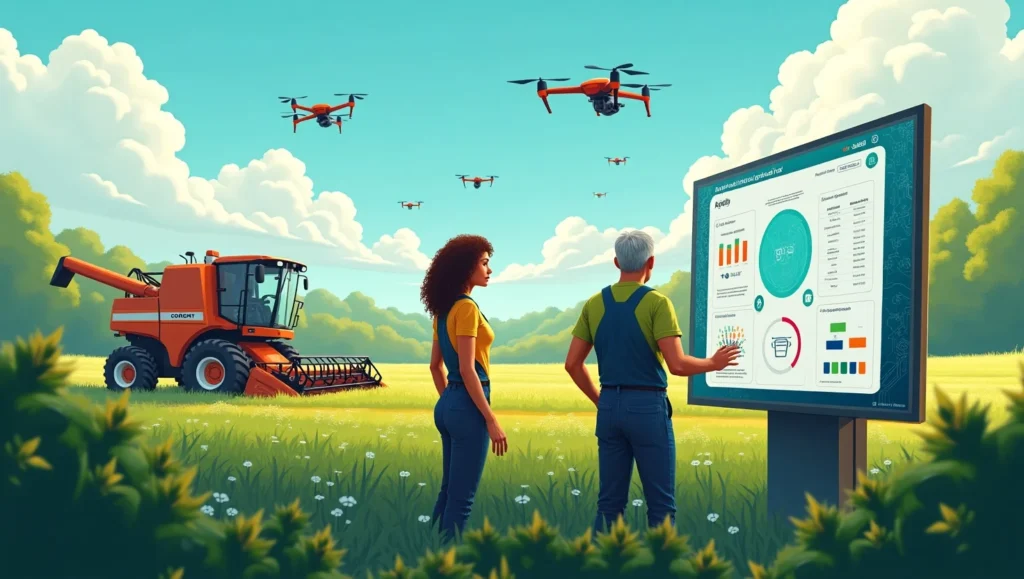
5. Case Study: AI Farming Success in Indiana
In Indiana, farmers are seeing firsthand how AI can revolutionize agriculture. One standout example is a precision farming project in West Lafayette, where AI and smart farming tools are being used to optimize crop yields and reduce input costs. By employing AI-powered sensors and drone technology, farmers can track everything from soil moisture levels to crop health in real-time.
A significant application of this technology is in precision irrigation, which ensures that water is used efficiently, cutting down on waste and reducing costs. The ability to monitor crops remotely through drones and sensors allows farmers to make decisions faster and more accurately, leading to healthier crops and better yields.
The integration of AI in agriculture has also addressed labor shortages, particularly in tasks like planting, crop monitoring, and pest control. Automated systems now help reduce the need for manual labor, allowing farmers to focus on more strategic decisions, which are crucial in today’s fast-paced farming environment.
In addition, AI-driven tools help improve soil health by providing data on nutrient levels, thus optimizing fertilization and preventing overuse of chemicals. This contributes to sustainable farming practices, making the farm not just more profitable but also more eco-friendly.
The success seen in Indiana offers a glimpse into the future of farming, where AI in farming isn’t just a tool for increasing efficiency but a necessary investment for sustainable growth.
6. Challenges & Ethical Concerns
While the potential for AI to transform U.S. farming is immense, there are several challenges and ethical concerns that must be addressed. One of the primary issues is the cost of AI technology. Many small and medium-sized farms struggle to afford the initial investment in AI-powered farming tools and the necessary infrastructure to implement them. Without financial support or government incentives, these farmers may remain excluded from the technological revolution that is reshaping the industry.
Another concern is data privacy in agriculture. As more farms adopt AI systems, vast amounts of data are being collected, from soil conditions to crop performance. While this data can provide valuable insights, it also raises questions about who owns it and how it can be used. Farmers need assurances that their data will not be exploited by third parties or used to create competitive disadvantages.
There are also ethical concerns surrounding the reliance on AI in decision-making. Some critics argue that over-reliance on automation could lead to job losses and a loss of traditional farming knowledge. Moreover, AI systems may perpetuate biases in decision-making if not designed with fairness and inclusivity in mind.
Lastly, the environmental impact of AI tools must be considered. While AI can help optimize resources like water and fertilizer, the energy consumption of high-tech farming equipment and cloud computing infrastructures can contribute to the carbon footprint of agriculture.
Addressing these challenges is crucial for the sustainable and ethical implementation of AI in farming.
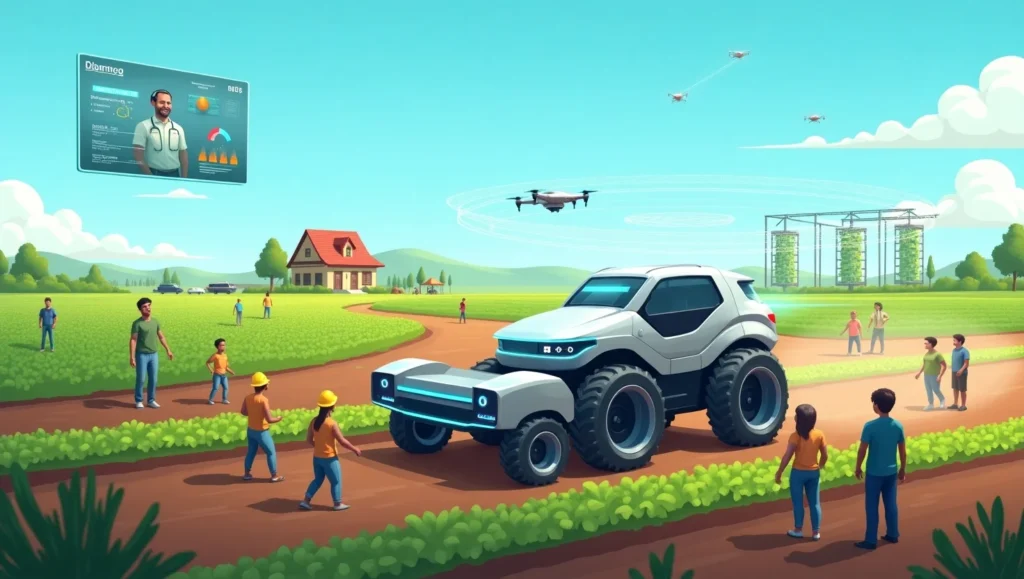
7. The Future of AI to Save American Farming
The future of American farming is undeniably intertwined with AI technology in farming. As AI solutions become more advanced and accessible, they promise to revolutionize how crops are grown, harvested, and distributed. With AI’s ability to predict crop yields, optimize resource use, and increase sustainability, it is set to play an essential role in ensuring food security while combating the impacts of climate change.
In the coming years, we can expect AI in agriculture USA to become more integrated into farming practices, with a focus on data-driven farming. This will not only improve crop health and reduce environmental impact but also streamline operations across the agricultural supply chain. AI-driven systems will provide farmers with real-time insights into soil health, weather forecasts, and pest outbreaks, allowing for quicker and more precise decisions.
Moreover, as the technology becomes more affordable, it is likely that small to mid-sized farms will also begin adopting AI tools. Government subsidies, partnerships with tech companies, and innovation in AI-based solutions for agriculture will drive this trend. The role of AI-powered drones and autonomous machinery in performing tasks such as planting and crop monitoring will increase, reducing reliance on manual labor.
Ultimately, the future of agriculture looks brighter with AI, but it will require a collaborative effort from farmers, technologists, policymakers, and researchers to overcome existing challenges and make this technology universally accessible.
8. Conclusion and Call to Action
The integration of AI into American farming holds the potential to solve some of the most pressing issues in agriculture today. From addressing the farm labor shortage to enhancing crop yields through precision farming, AI is transforming the way farmers operate. As technology continues to evolve, smart farming solutions will become even more advanced, offering greater accuracy, efficiency, and sustainability.
However, the adoption of AI in farming is not without challenges. Financial barriers, ethical concerns, and the need for widespread education on these technologies must be overcome for AI to reach its full potential. While the future is promising, it will require collaboration between farmers, tech innovators, and policymakers to create an inclusive, accessible future for all in agriculture.
For farmers, this is the time to embrace AI as a vital tool for growth and sustainability. Sustainable farming practices powered by AI not only promise to enhance productivity but also to ensure the long-term health of the land. If you’re a farmer looking to integrate AI into your operations, now is the time to begin exploring the opportunities it offers.
Take action today, invest in AI technologies that can help secure the future of farming, increase efficiency, and lead the charge toward a sustainable agricultural landscape.
FAQs:
Q1. How can AI help increase crop yields in American farming?
AIuses data-driven insights to optimize irrigation, monitor soil health, and predict crop yields, leading to improved productivity.
Q2. What are the main challenges of implementing AI in U.S. agriculture?
High costs, lack of technical expertise, and concerns about data privacy are the primary barriers to AI adoption.
Q3. How does AI contribute to sustainable farming practices in the U.S.?
AI promotes efficient resource use, reduces waste, and supports precision farming, which minimizes environmental impact.
Q4. What are the real-world examples of AI technology improving farming?
Examples include autonomous tractors, drone-assisted crop monitoring, and AI-powered irrigation systems that enhance farm efficiency and reduce water usage.
Q5. Is AI technology affordable for small-scale American farmers?
While initially expensive, AI technology is becoming more accessible through government subsidies and partnerships with tech companies.
Related Articles
Livestock Farming
AI in Aquaculture: How Smart Tech is Transforming Fish Farming
1. Introduction: The world’s appetite for seafood is growing fast, yet traditional...
Livestock Farming
The Future of Farming: Why AI-Powered Tractors Are Gaining Popularity
1. Introduction: Across the world, farmers are grappling with rising costs, shrinking...
Livestock Farming
Using AI to Track Livestock Health and Prevent Disease Outbreaks
1. Introduction: In recent years, livestock farmers around the world have faced...
Livestock Farming
How Machine Learning Is Changing Fertilizer Application on Farms
1. Introduction: For decades, farmers have applied fertilizer using general formulas, blanket...
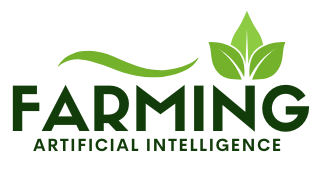
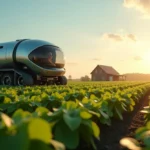
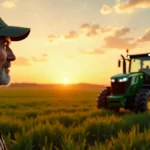
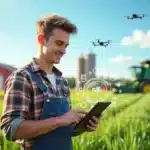

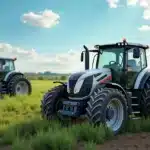


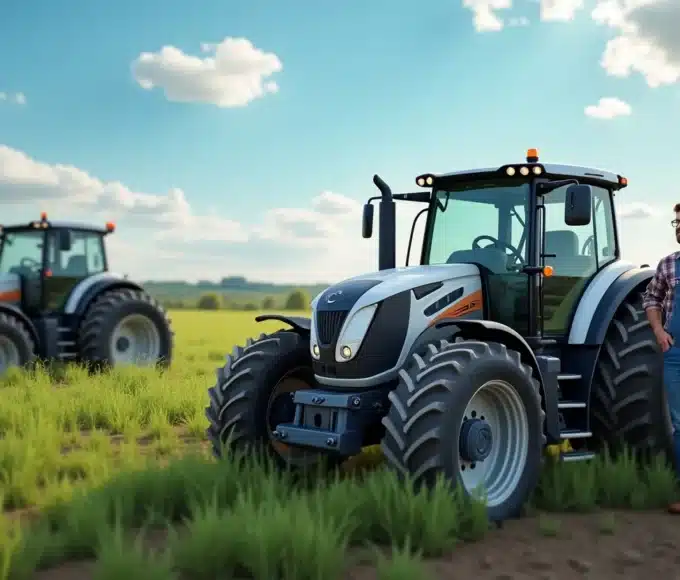
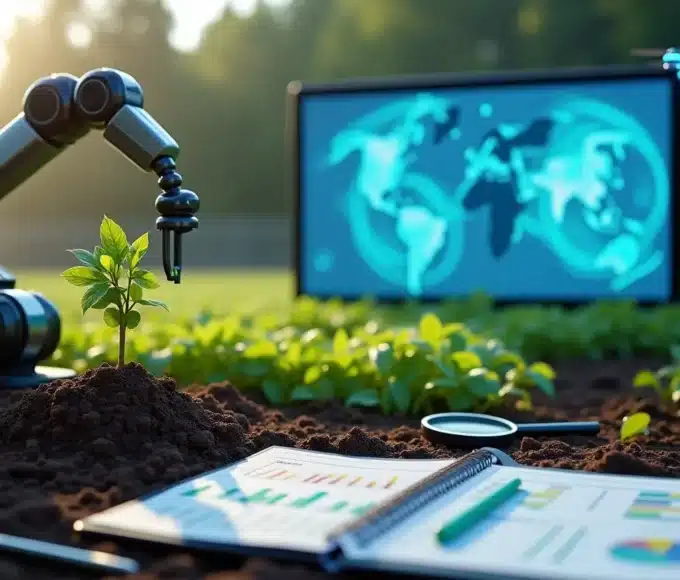
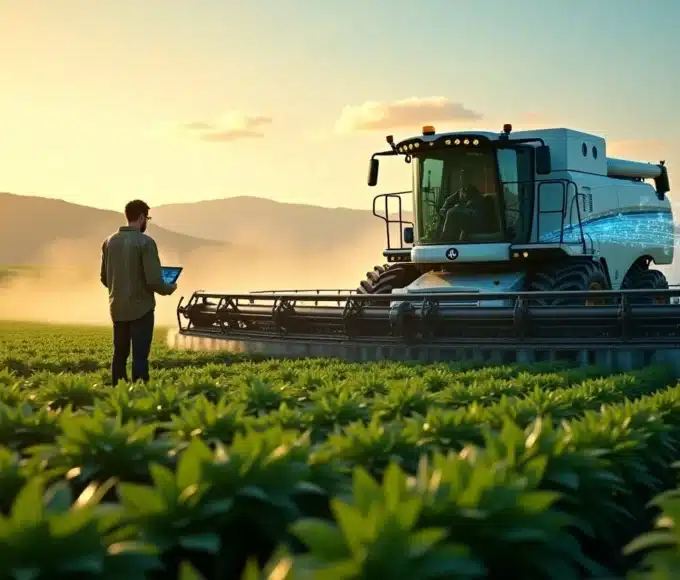
Leave a comment